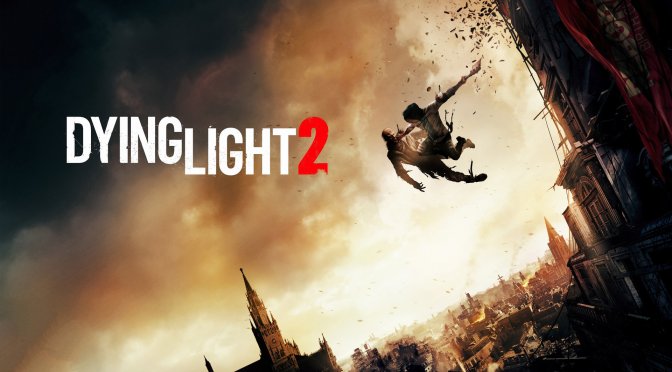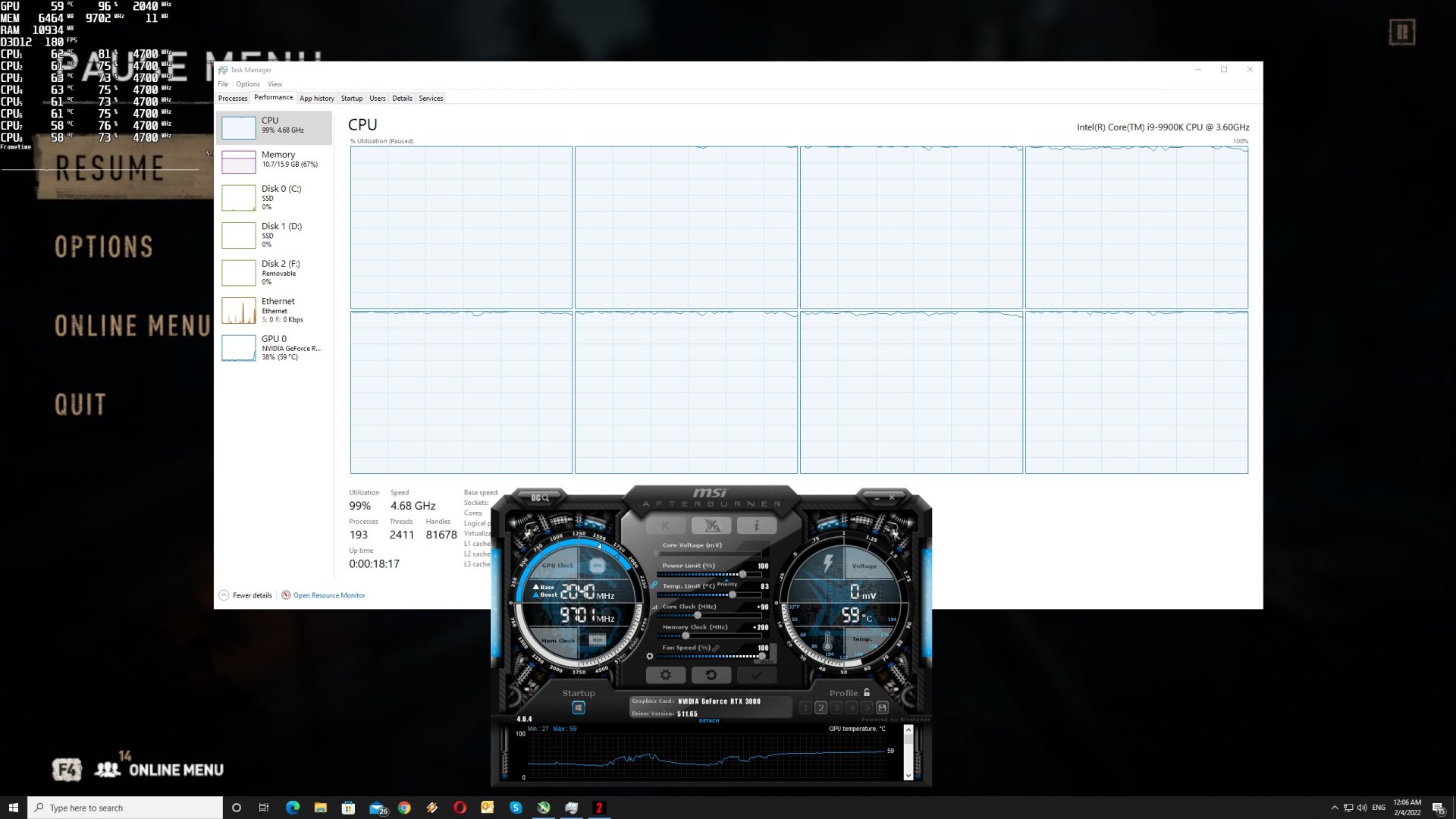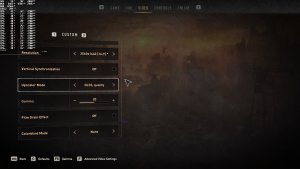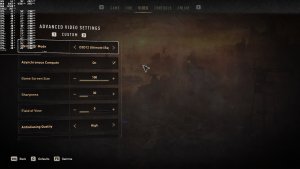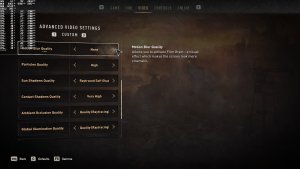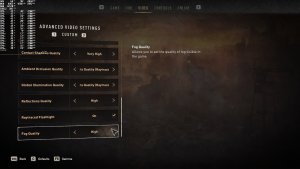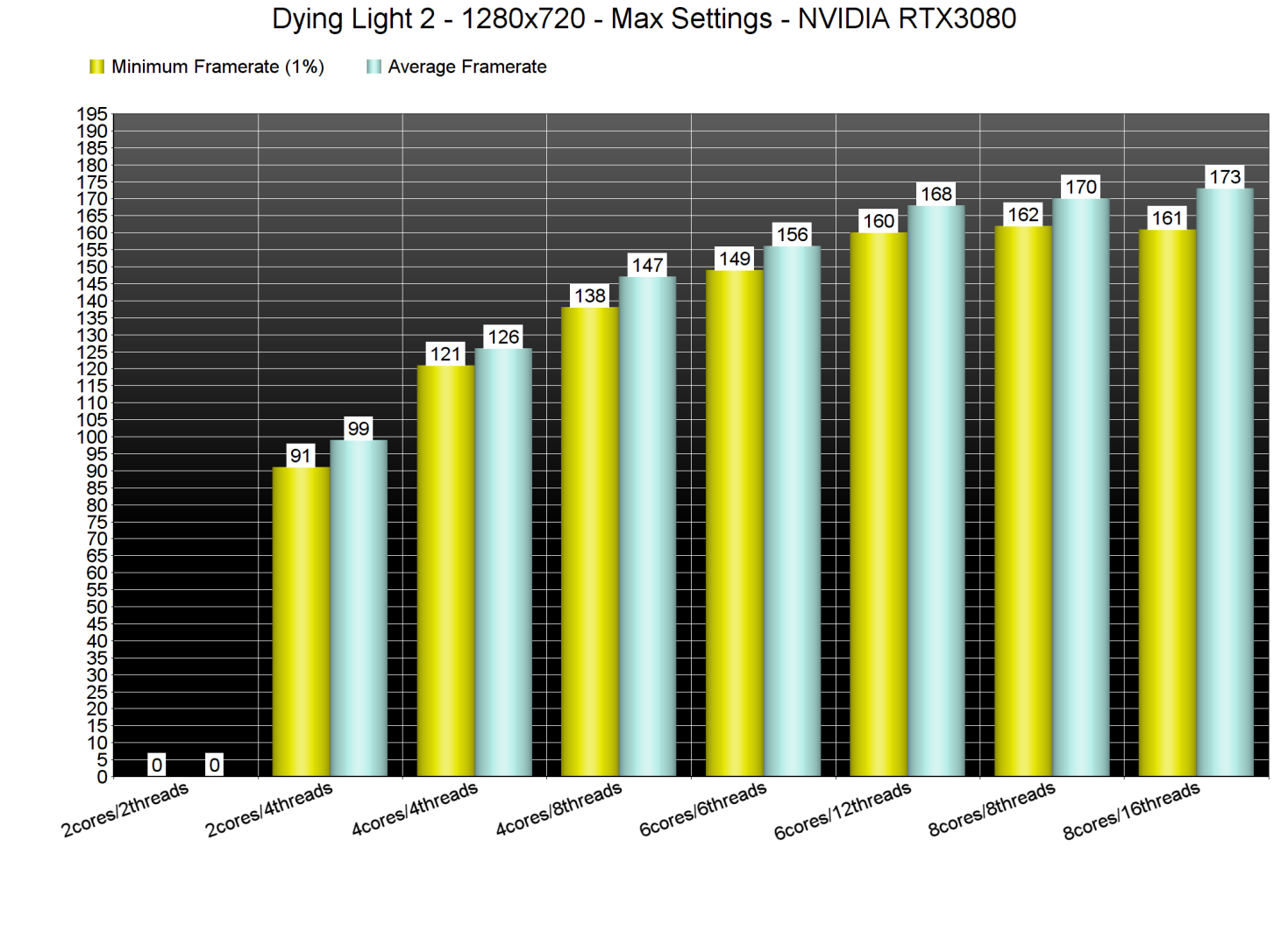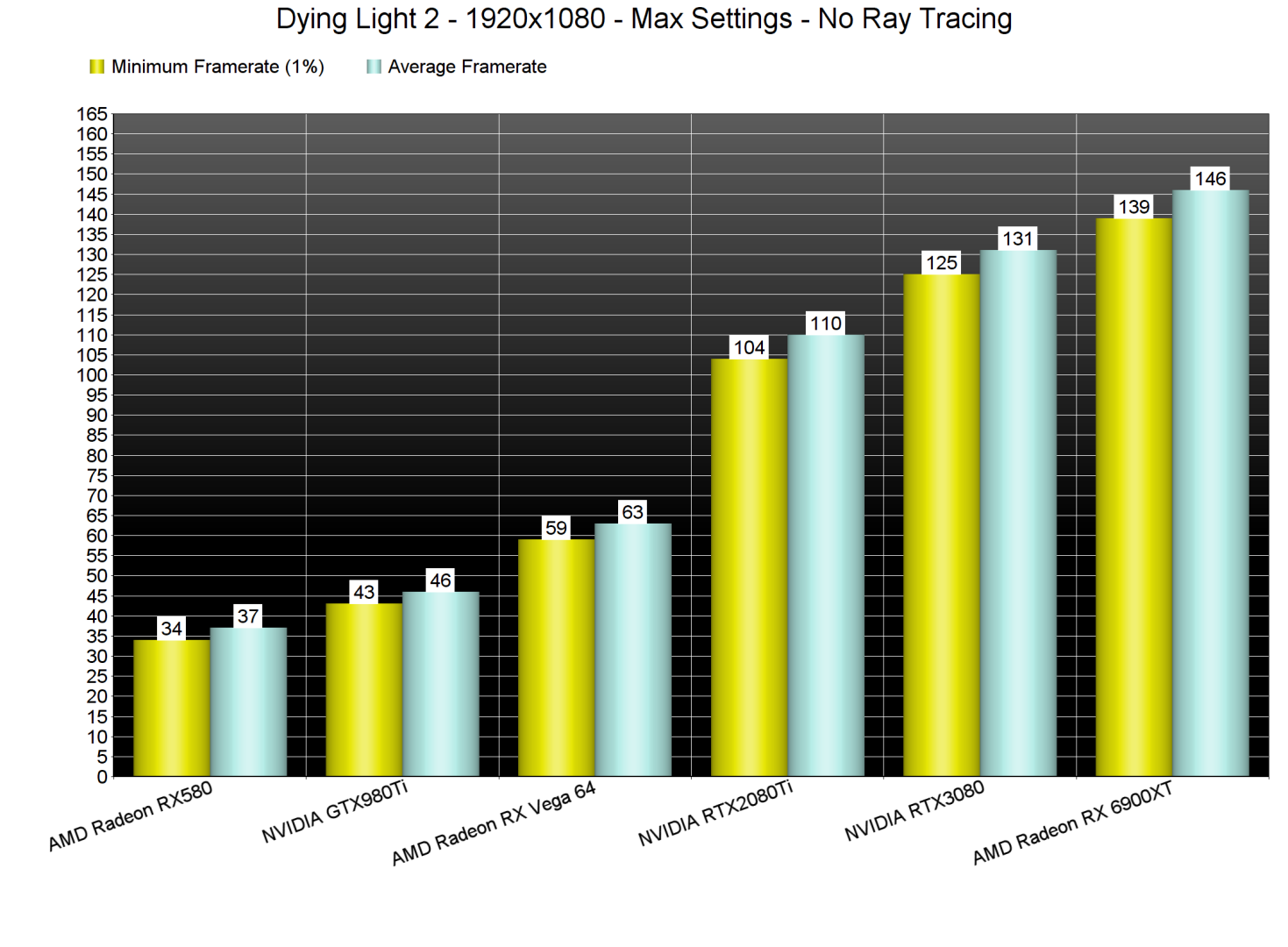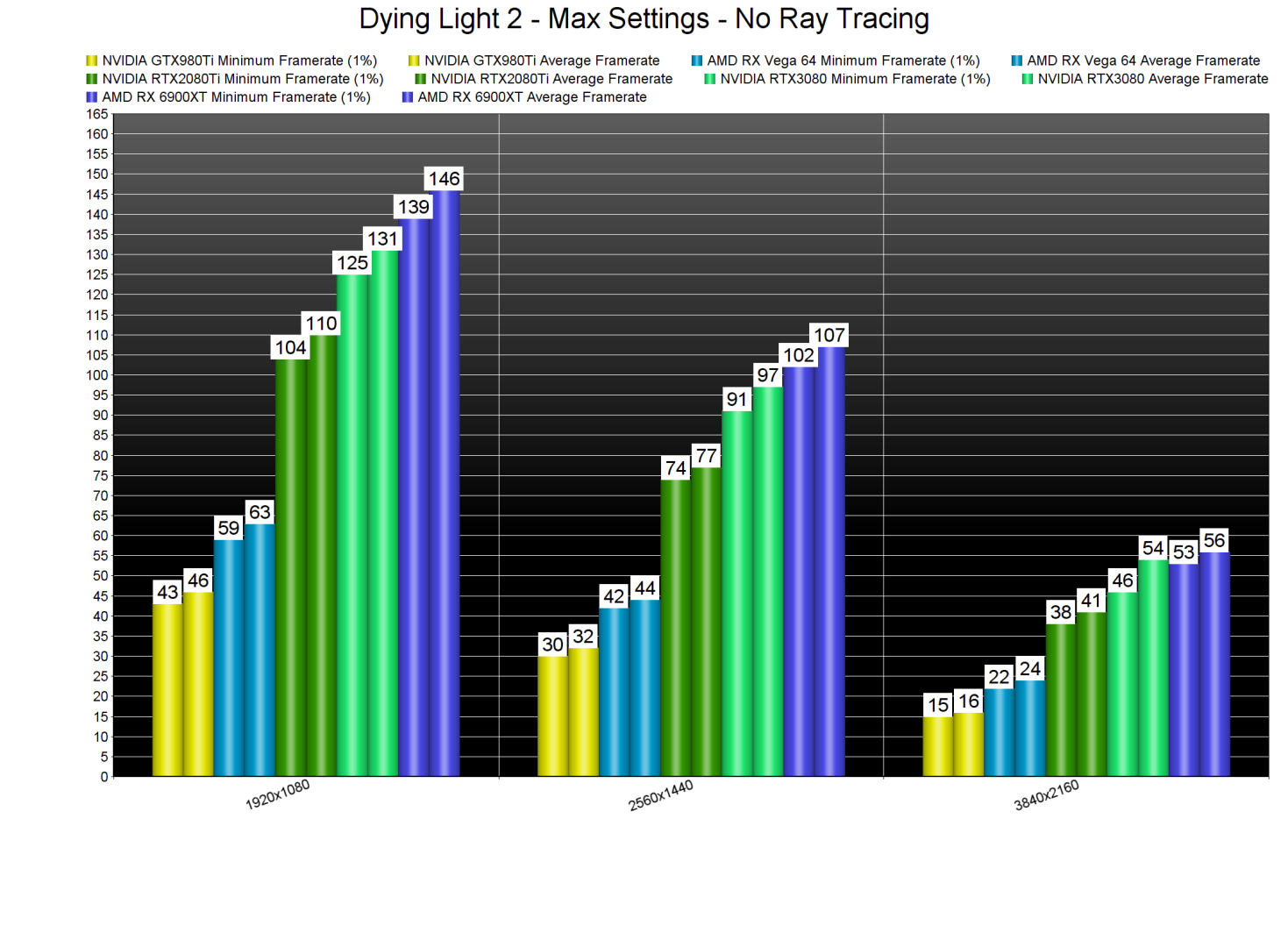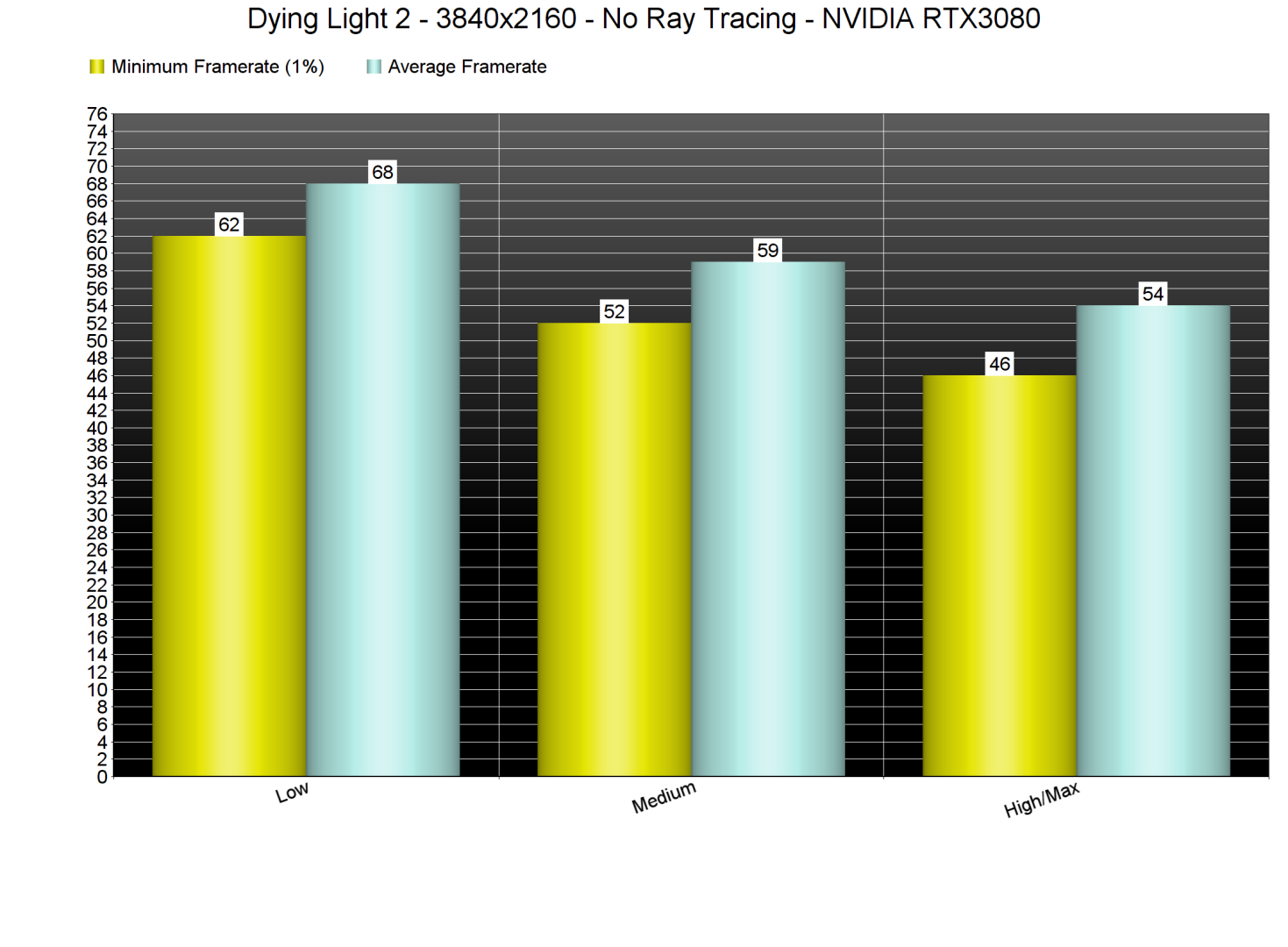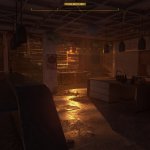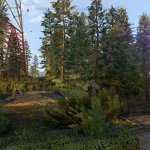Techland has just released Dying Light 2 on PC. Powered by the next version of the C-Engine, it’s time now to benchmark it and see how it performs on the PC.
For this PC Performance Analysis, we used an Intel i9 9900K with 16GB of DDR4 at 3800Mhz, AMD’s Radeon RX580, RX Vega 64, RX 6900XT, NVIDIA’s GTX980Ti, RTX 2080Ti and RTX 3080. We also used Windows 10 64-bit, the GeForce 511.65 and the Radeon Software Adrenalin 2020 Edition 22.1.2 drivers.
Techland has added a few graphics settings to tweak. PC gamers can adjust the quality of Anti-Aliasing, Particles, Sun Shadows, Contact Shadows, Ambient Occlusion, Global Illumination, Reflections and Fog. The game also features a FOV setting, as well as Colorblind and Sharpening options. And, as we’ve already reported, the game supports AMD FSR, NVIDIA DLSS and Ray Tracing.
Dying Light 2 does not feature any built-in benchmark tool. As such, we’ve decided to test two separate scenes. For our GPU benchmarks, we used the starting forest area. For our CPU tests, we used the first city area at night (filled with lots of zombies).
In order to find out how the game scales on multiple CPU threads, we simulated a dual-core, a quad-core and a hexa-core CPU. And, surprisingly enough, the game does not require a high-end CPU. Although our simulated dual-core system was unable to launch the game without Hyper-Threading, it was able to push over 90fps at 720p/Max No-RT Settings. And while we did notice some occasional stutters, the game was completely playable on that system.
Dying Light 2 uses both DX11 and DX12 APIs. However, we suggest using the DX12 which offers better CPU multi-threading capabilities. The game was able to utilize all eight cores of our Intel Core i9 9900K. Thus, and in order to avoid any possible stutters that may occur due to high CPU usage, we suggest enabling Hyper-Threading.
Most of our GPUs were able to provide a smooth gaming experience at 1080p/Max No-RT Settings. In fact, we were impressed by the performance of the AMD Radeon RX Vega 64, which was able to run our stress scene with 60fps. Thanks to the DX12 API, Dying Light 2 runs extremely well on AMD’s GPUs. That is of course when not using the game’s Ray Tracing effects. Although we have a separate article for our Ray Tracing benchmarks, we tried running the game with RT on the AMD Radeon RX 6900XT. And, unfortunately, AMD’s high-end GPU was unable to offer a smooth gaming experience, even at native 1080p. Since AMD’s GPUs do not support DLSS, they can only use FSR. And, as we’ve already reported, the game looks really blurry with FSR. In short, don’t bother with the RT effects if you own an AMD GPU.
At 1440p/Max No-RT Settings, our top three GPUs were able to provide a constant 60fps experience. As for native 4K, none of our GPUs was able to provide a 60fps experience. Now as we’ve said, this is a stress test, meaning that other areas may run better. Still, you may encounter some areas later in the game that could be as demanding as this one.
Sadly, the game’s scalability (via its graphics settings) is not that great. As you can see below, our RTX3080 could only run our stress scene with 60fps in native 4K at Low Settings. Still, and despite using Low Settings, the game did not look particularly bad (so there is at least that).
Graphics-wise, Dying Light 2 looks better than its predecessor. The game features some cool wind effects, and can display numerous enemies on screen. Its animation system is great, though the character lip-syncing could have been better. Most of its characters are highly detailed, though they cannot come close to other triple-A games. There are also pop-in issues, even on Max Settings. In general, and although the game looks very good, there is nothing here to “wow” you. That is of course until you enable the game’s Ray Tracing effects which are amazing.
All in all, Dying Light 2 can run smoothly on a wide range of PC configurations. For gaming at 1080p/Max Settings, you won’t need a powerful PC system. Dying Light 2 also runs better on AMD’s hardware when not using its RT effects, and does not require a high-end CPU. Things get a bit trickier though once you start increasing the game’s resolution. For gaming at 1440p/Max Settings, you’ll need a somewhat powerful GPU. And, for gaming at 4K/Max Settings, there isn’t any GPU that can run it smoothly (without resorting to DLSS).
Enjoy!
John is the founder and Editor in Chief at DSOGaming. He is a PC gaming fan and highly supports the modding and indie communities. Before creating DSOGaming, John worked on numerous gaming websites. While he is a die-hard PC gamer, his gaming roots can be found on consoles. John loved – and still does – the 16-bit consoles, and considers SNES to be one of the best consoles. Still, the PC platform won him over consoles. That was mainly due to 3DFX and its iconic dedicated 3D accelerator graphics card, Voodoo 2. John has also written a higher degree thesis on the “The Evolution of PC graphics cards.”
Contact: Email

